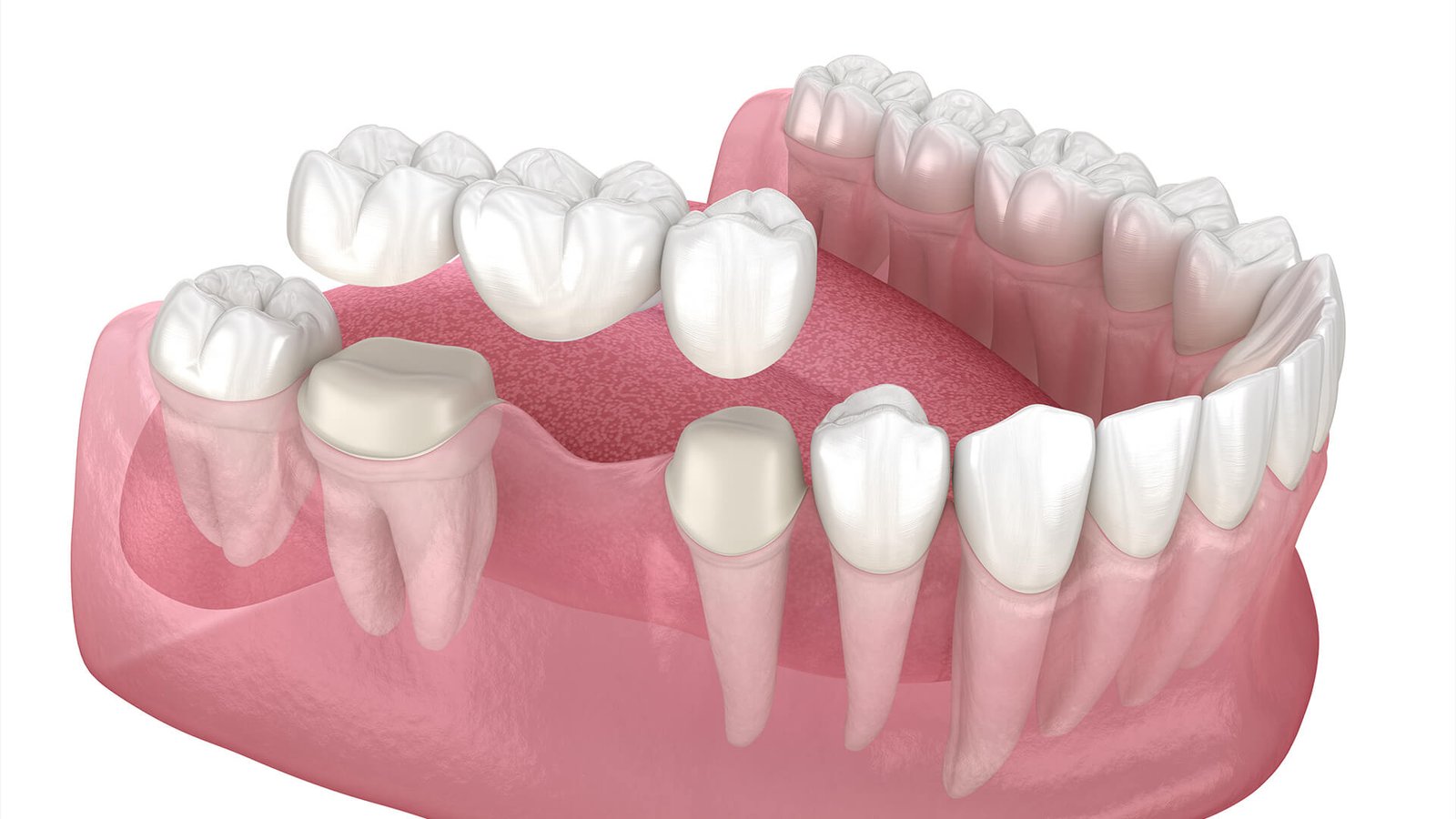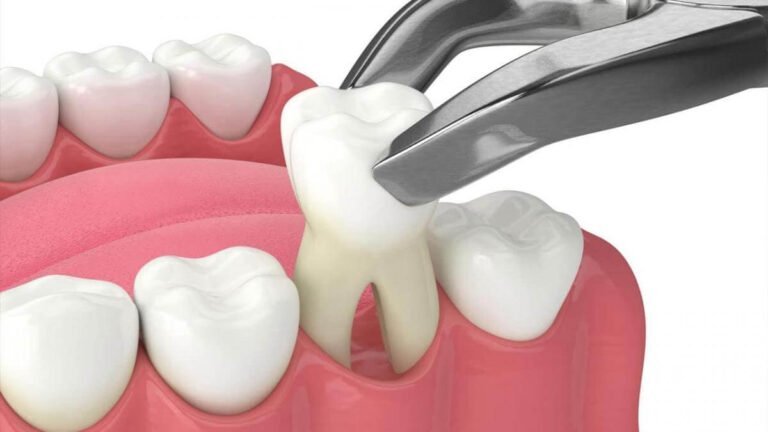How Long Does a Temporary Crown Last?
A temporary crown is used to protect an implant, root canal tooth or damaged tooth while you wait for the permanent crown to be made. They are made from acrylic or composite resin and can be prone to wear and damage.
Practicing good oral hygiene habits can help prolong the lifespan of your temporary crown. It’s also important to avoid chewy or sticky foods that can cause damage or dislodge the crown. You also read about How Long Does a Filling Take?
The length of time a temporary crown lasts depends on a number of factors.
If you are receiving a root canal treatment or other restorative dentistry procedures, Family 1st Dental may place a temporary crown to protect the tooth. Depending on your oral hygiene habits and lifestyle, the temporary crown can last from 2 to 3 weeks.
A temporary crown is made of a low-quality acrylic resin and is not designed to withstand extensive pressure, which means that prolonged wear can cause it to break down quickly. This can lead to pain in the tooth and the need for a permanent crown.
Regular brushing and flossing can help reduce plaque build-up around the temporary crown, minimizing bacteria and infection. However, it is important to avoid hard, sticky, or chewy foods like nuts, candy and gum, as these can damage the tooth or come loose.
1. Your oral hygiene habits
A temporary crown can be easily damaged or dislodged by chewing hard foods and objects like ice, gum or nuts. Practicing good oral hygiene habits by brushing your teeth gently and using a non-alcoholic mouthwash can extend the lifespan of your crowns. It is also important to floss regularly, but be careful not to pull the floss too hard or you could dislodge your crowns.
If your temporary crown becomes dislodged or lost, you should schedule a dentist appointment as soon as possible to have it replaced. Delaying this procedure can put your underlying tooth at risk of damage, causing sensitivity and affecting your bite (occlusion). It can also affect the placement of your permanent crown. A temporary crown can protect the site and keep it in place until your permanent crown is ready.
2. Your diet
Since they aren’t secured with permanent cement, temporary crowns have more of a risk of falling off or becoming dislodged. As such, it’s important to follow your dentist’s recommendations regarding how long you should wear them.
Stick to a diet of soft foods and avoid chewing on hard or sticky items like nuts, ice, or caramel. These types of foods can damage or dislodge a temporary crown, and excessive pressure on the tooth could lead to more serious complications. It’s also a good idea to floss gently, using a soft-bristled toothbrush and sliding the floss out rather than pulling it. Rinse with mouthwash to reduce the risk of infection and keep your gums clean.
3. Your dentist’s recommendations
Your dentist will provide personalized guidance on how long to safely keep a temporary crown in place, taking into account your oral habits and other factors. Prolonged wear can result in increased wear and damage to the underlying tooth. Additionally, it can cause shifts in the position of your bite (occlusion).
Avoid chewing hard or sticky foods on a temporary crown to reduce your risk of damaging or dislodging it. It is also important to brush and floss with care.
If you experience pain or discomfort after getting a temporary crown, don’t hesitate to contact your dentist. Mild sensitivity is normal, but severe or persistent pain may indicate that the temporary crown is causing harm to the underlying tooth. Over-the-counter pain relievers can help manage the discomfort until your permanent crown is ready to be placed.
4. Your lifestyle
When patients undergo dental treatments like root canals or dental bridges, they may have temporary crowns placed on the treated tooth. These crowns protect the treated tooth, provide temporary aesthetics and maintain proper bite alignment. However, they can also become worn down over time due to factors such as oral habits and the position of the crown (e.g., back teeth experience more pressure and wear than front teeth).
For this reason, it is important for people with a temporary crown to follow specific guidelines when eating. This includes waiting for at least 30 minutes before eating, sticking to soft foods and avoiding hard, sticky, or chewy foods. Additionally, it is important to brush and floss regularly around the area to prevent bacterial buildup.







